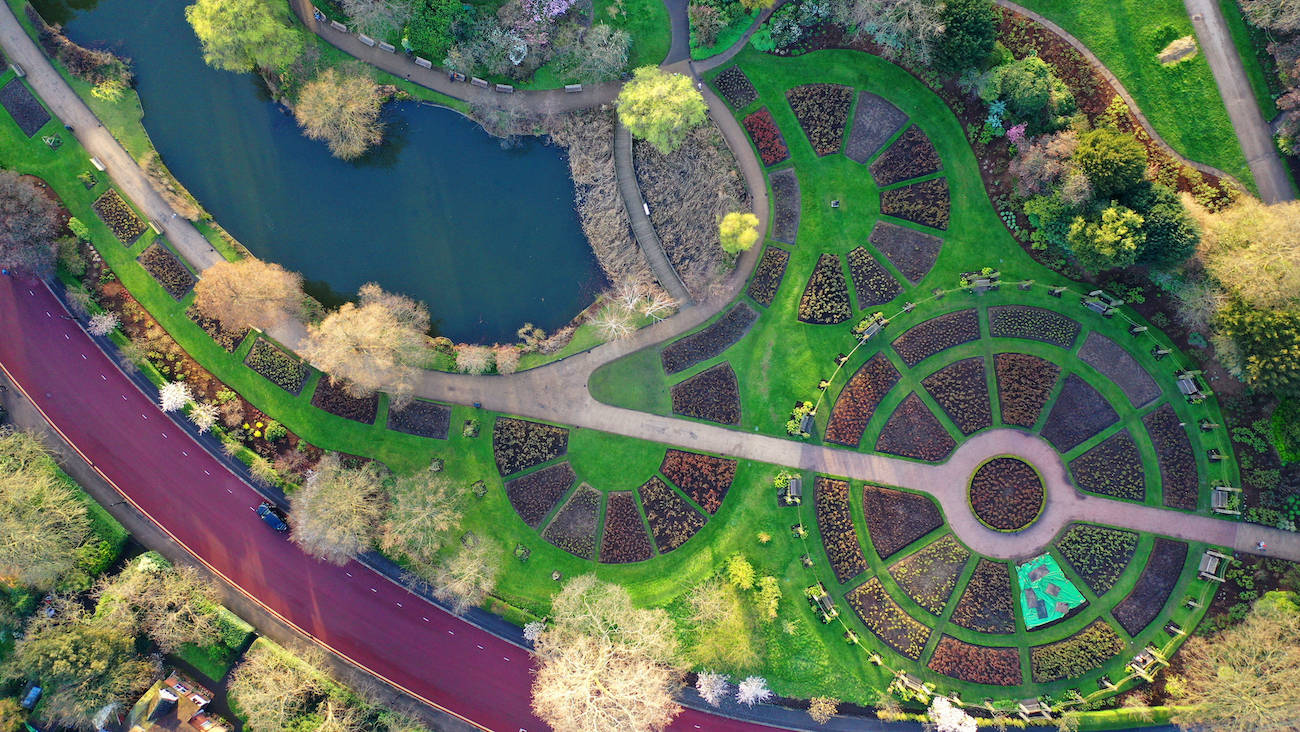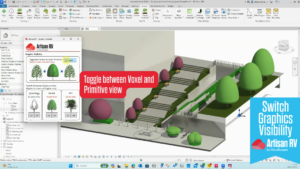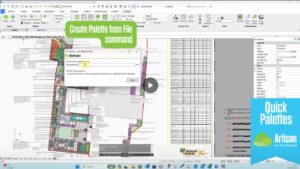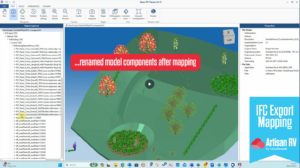What is Biodiversity Net Gain (BNG)?
Net gain is an approach to development, and/or land management, that leaves the natural environment in a measurably better state than beforehand. In order to address how natural environment decisions are made – for example where to build, what to build and how to build – the Government has set out plans, targets and metrics to ensure that BNG is achieved in line with its Environment Bill. This is being coordinated in partnership with key organisations such as Natural England and DEFRA.
What are the requirements under the Environment Bill?
BNG is the very spine of the Environment Act 2021. Within the Act are measures that will have a significant impact on new construction projects.
Introduced as a legal requirement for planning permission on all new developments – including projects covered by the Town and Country Planning Act (TCPA) and those that are considered Nationally Significant Infrastructure Projects (NSIP) – each scheme must include a Biodiversity Gain Plan. This criteria is set to become compulsory from late Autumn 2023.
This plan will need to outline how the development will achieve a minimum 10% biodiversity increase and how it will continue to be monitored for at least 30 years beyond the development’s completion. This will ensure that the biodiversity ‘net gain’ is both demonstrated and achieved.
What are the implications of BNG for landscapes?
Asking developers to consider greener projects while maintaining habitats and public and green open spaces, can only have a positive impact on landscape design. Planners and developers will now need to consider the landscape management implications of their projects – with landscape architects, designers, ecologists and managers ensuring that the natural environment is assessed and considered from the earliest possible stage. This includes design and build, post-handover and any operational and maintenance phases.
As well as improving the biodiversity of a natural green environment, the intention behind BNG is to also improve recreational spaces, as well as air quality, health and wellbeing – including their impact on Environmental Net Gain.
How to measure Biodiversity Net Gain
So how do we accurately measure BNG? To know if BNG has been achieved, an assessment of both the present and forecasted future biodiversity value of a site will need to be made.
The increased delivery of improved habitats that benefit biodiversity will be demonstrated through a biodiversity metric developed by Natural England.
What is the Biodiversity Metric?
This metric uses habitat features as a measure for capturing the value and importance of nature. It uses a simple calculation that considers the importance of these features for nature – such as size, ecological condition, location and proximity to nearby ‘connecting’ features.
Every habitat feature needs to be measured – from woodland and wetland to scrubs and hedgerows.
At present, the data for a development’s Biodiversity Metric is entered and submitted in an Excel spreadsheet.
How can Artisan and ArtisanRV help to demonstrate BNG?
By designing, planning and modelling in Artisan and Artisan RV, landscape professionals have access to the essential data they need to make informed landscape decisions that benefit the environment. CS Artisan and CS ArtisanRV dynamically update as the plan updates while providing the tools to prepare and analyse data and generate reports. Data can then be exported to Microsoft Excel, ready for planners and decision makers to assess within the Biodiversity Metric.
Capturing the original baseline habitat ‘score’ will involve a combination of site surveys and table-based study. This information is often collated in a geographic information system (GIS). GIS information can then be imported into CAD and REVIT and is accessible within Artisan and ArtisanRV.
This baseline habitat information will need to be measured throughout the design phases as it changes – referring back and recalculating the anticipated ‘net gain’. Within Artisan and Artisan RV, the design and its background data can be used to define and record anticipated post-implementation habitats.
Achieving Biodiversity Net Gain can take years as habitats establish, grow and thrive. Whilst ArtisanRV can be used to model and demonstrate project change over time, the ongoing monitoring and recording of habitats is better suited to GIS environments.
How do I ensure BNG success?
Understanding of the whole lifecycle of a project – from inception and design to build and operation – requires a platform that can connect BIM, GIS and CAD data. CloudScapes’ Artisan and ArtisanRV products create measurable designs that can achieve biodiversity net gain when compared to the existing baseline information.
ArtisanRV and Artisan allow individuals and teams to collaborate in the cloud in order to collate, calculate, compare and export habitat scores within the Biodiversity Metric.
How do I integrate BNG into BIM workflows?
CloudScapes has partnered with Nottingham Trent University to develop a research and development project that looks to create a toolkit to enable Biodiversity Net Gain (BNG) to be integrated into project workflows – while focusing specifically on Building Information Modelling (BIM).
BNG can only achieve success through projects that are delivered collaboratively with the whole lifecycle considered at every stage. This very much aligns with the philosophies that underpin Building Information Modelling (BIM). This approach also aligns with landscape design conducted within Artisan and Artisan RV – putting Biodiversity Net Gain front and centre. Both platforms are primed and ready to instruct, inform, measure and aid collaborative working to ensure long-term BNG success.








